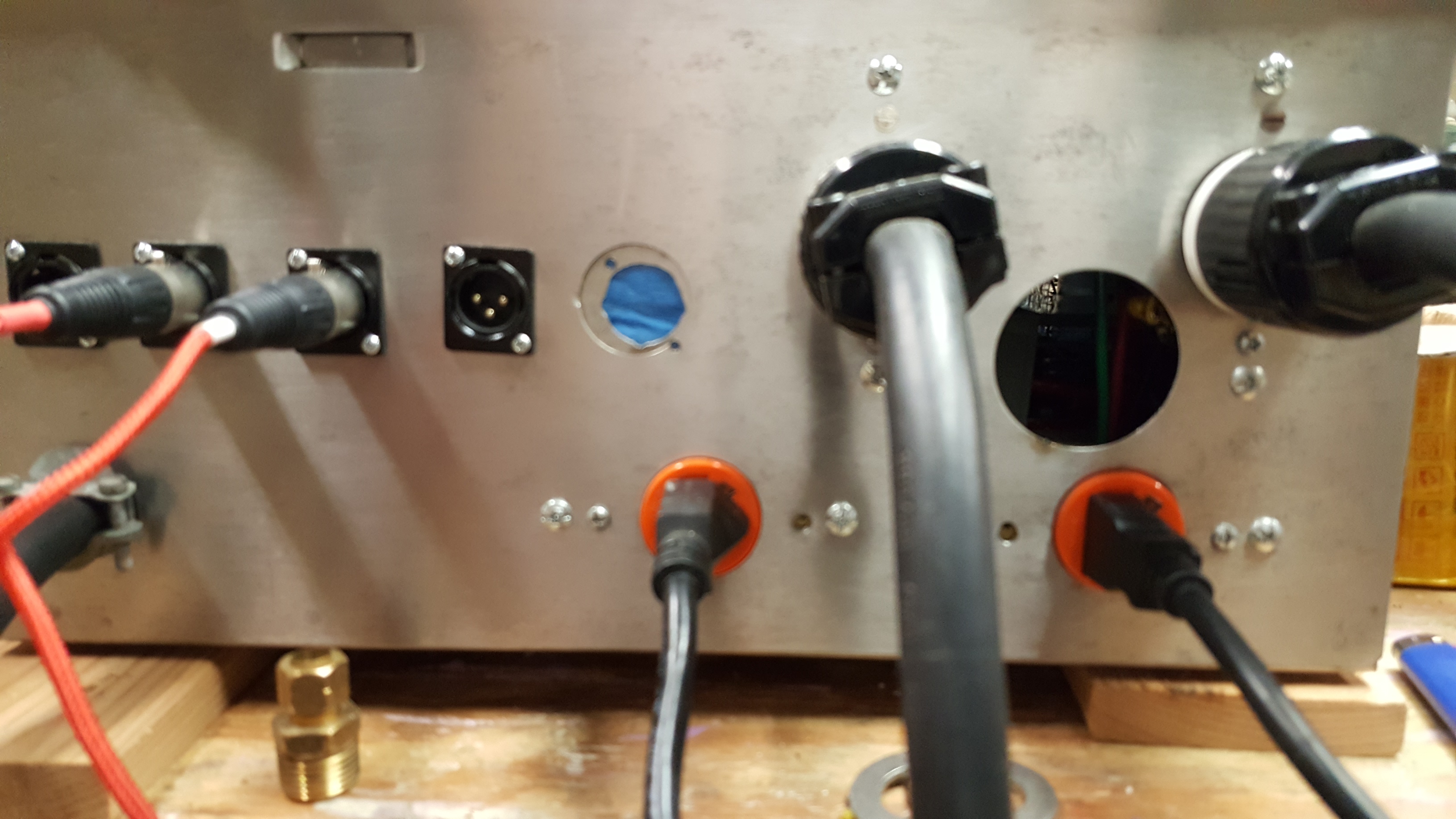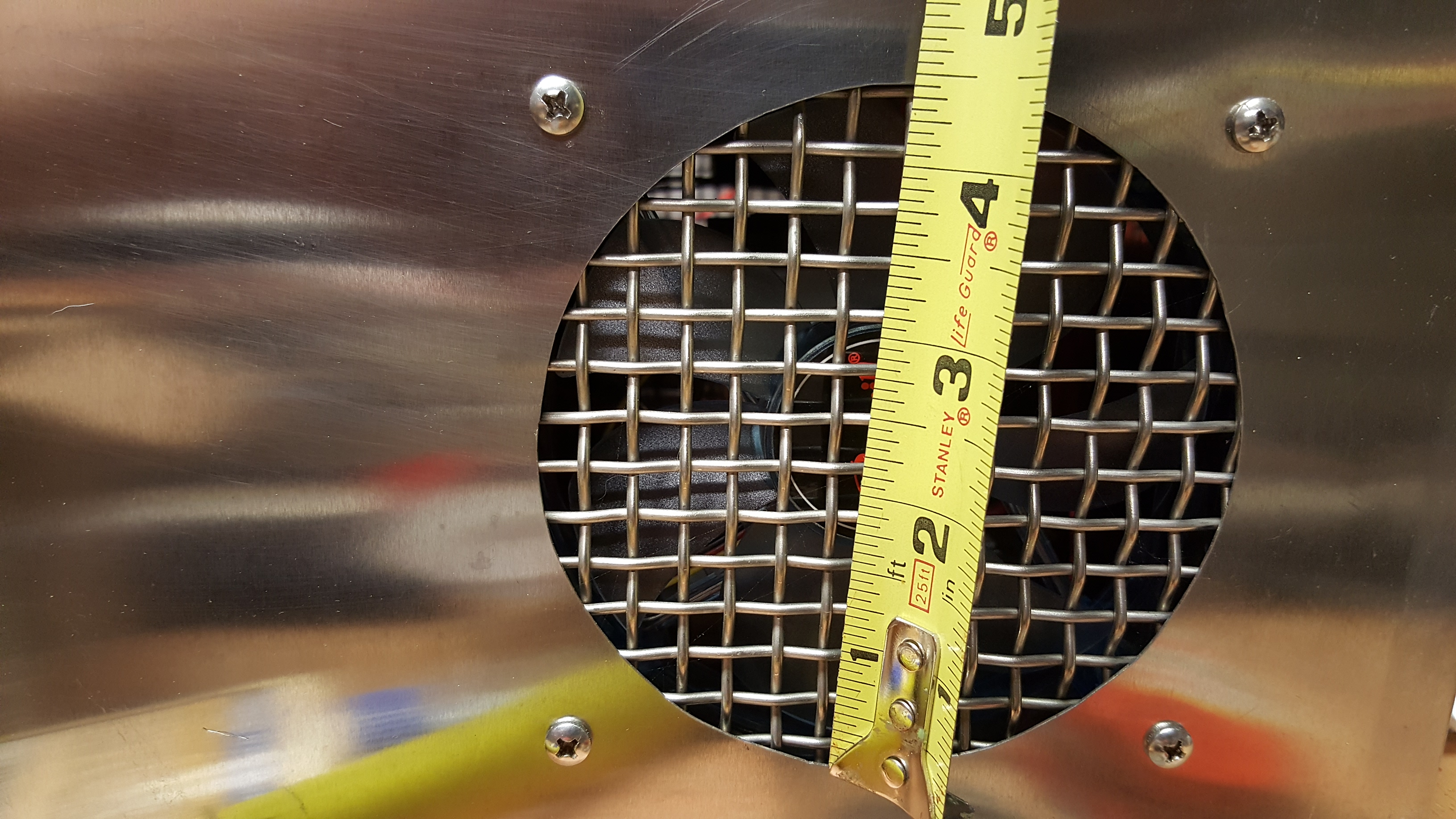Heatsinks get hot because they do an inadequate job of transferring heat to the air
in the configuration in which they are used. The thermal conduction of the heatsink only affects how well heat gets from the component being cooled out to the fins, which is were most of the heat transfer to the air occurs. Even with low thermal conductivity, a heatsink would get hot if it didn't transfer heat well to the surrounding air.
Mass does
not dissipate heat. Mass absorbs heat, analogous to how a capacitor absorbs electric charge. The purpose of a heatsink is not to absorb heat, but rather to conduct heat away from a source and transfer that heat to the surrounding air. The fact that your heatsink gets hot means that it is not transferring heat efficiently to the surrounding air. It has nothing to do with the mass of your heatsink. The cooler your heatsink, the better job it is doing of getting rid of the heat transferred to it by the heat source. A poor thermal interface reduces the amount of heat the gets transferred from the source to the heatsink, resulting in a hotter source.
Blowing air over a heatsink (forced convection) can easily increase the thermal dissipation by 10X or more, compared to natural convection. OP actually has a rather well designed forced convection cooling system (fan, separate air inlet and outlet, fan air stream aimed directly across heatsinks.) The heatsinks OP is using are more than adequate in that configuration.
Heat flow mathematics is just like electricity flow math. In fact thermal engineers use electrical circuit models to do calculations on heat flow and component temperatures. If you understand electric circuits, you can apply that knowledge to heat flow.
Brew on



























![Craft A Brew - Safale BE-256 Yeast - Fermentis - Belgian Ale Dry Yeast - For Belgian & Strong Ales - Ingredients for Home Brewing - Beer Making Supplies - [3 Pack]](https://m.media-amazon.com/images/I/51bcKEwQmWL._SL500_.jpg)






































